Monday, 29/04/2024 | 02:25 GMT+7
In April and May, two earthquakes destroyed large swaths of Nepal leaving 3 million people homeless. As they moved into tents and temporary shelters, the risks of fire and health hazards related to cooking have increased.
A UNDP award winner and local inventor, Madhukar KC, who designed an energy efficient cooking stove, saw the need for his technology and joined volunteers from Nepal’s Institute of Engineering who were aiding survivors by building disaster-resilient temporary shelter.
“From the very first week of the earthquake, I was thinking how I could best use my technology to help people in need. I was so glad when I received a call from the engineers’ group asking if i could join them,” said KC.
KC immediately teamed up with the volunteer engineers’ group to install his affordable and clean cooking stoves in temporary shelters. The entire temporary shelter, fitted with energy efficient and clean cooking stove, costs only Rs. 15,000 or US$150 (Rs. 2000 or US$20 for KC's stove).
In less than a week since KC linked with the volunteers, he has received orders for over 2,000 stoves, half of it form the earthquake-hit areas. The orders are coming from non-profit organizations, private sectors and individuals.
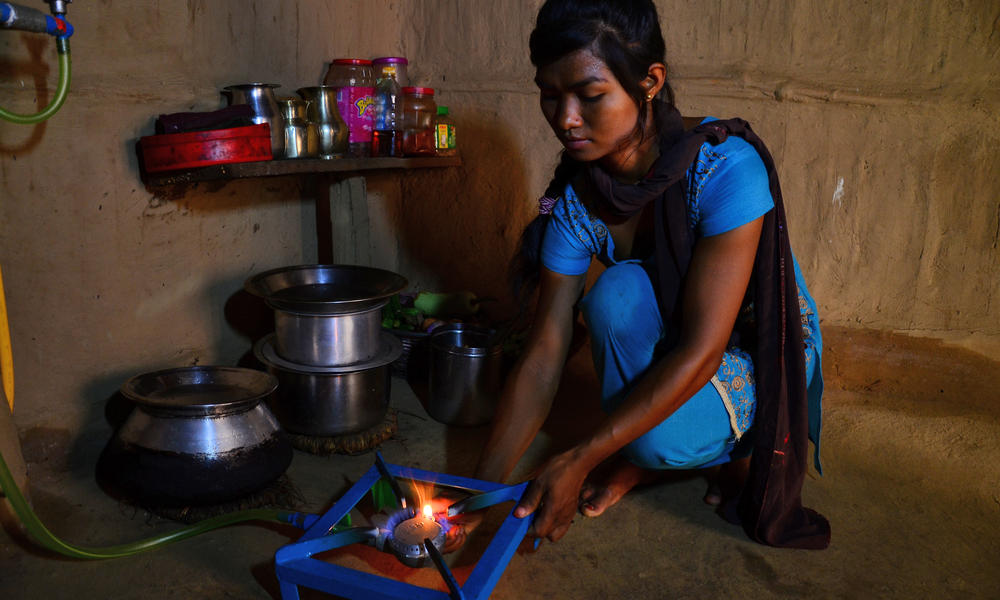
“I am heading to Nuwakot district next week to install 100 stoves, which will be paid by the Vayodha Hospital as part of their charity,” KC said.
In the beginning, the current and graduate students from Institute of Medicine (IOM) had developed and installed the temporary shelters without KC’s stove. But soon the design encountered a serious problem: The villagers started complaining about the smoke as they had to cook inside.
“We then started looking for solution and KC’s innovation suddenly came to our mind,” said Sagar Gyawali, an IOM alumnus who specializes on renewable energy.
KC made few adjustments to the stove taking into account the needs of earthquake survivors. “Once we started buildingtemporary shelters with the energy efficient stove, the demand for stoves rapidly went up,” said Gyawali. “I have tried several cooking stove models but KC’s is revolutionary.”
KC added two more features to his already fuel efficient stove: a chimney and an extra space for stove outside the temporary shelter. This addressed the problem of congestion and of smoke.
As part of a UNDP and the Global Environment Facility (GEF) Small Grants Programme (SGP) funded project in 2009, KC’s stove was installed in several homes where the old gas stove and fire wood stove were completely replaced. The results showed that the women were very happy to use the new stove and it saved gas and firewood consumption by 60 percent.
KC’s mission does not stop here. He sees this as an opportunity to overhaul the traditional Nepali kitchens that are inefficient and highly hazardous. “We can make all new homes and shelters pollution free,” he says.
Early estimate has it that at least 300,000 homes will have to be rebuilt. While some have rebuilt their shelters, many are yet to start. “Imagine what could happen if we could make these new homes energy efficient, at least in cooking,” KC said.
Truong Duy
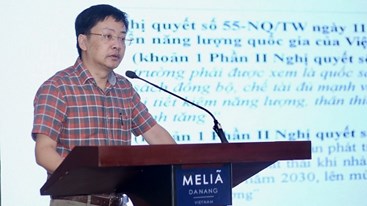
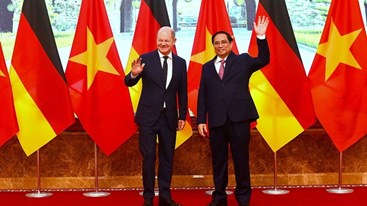
.png?w=367&h=206&mode=crop)
.jpg?w=367&h=206&mode=crop)
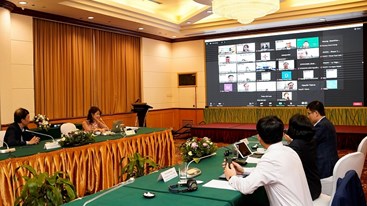

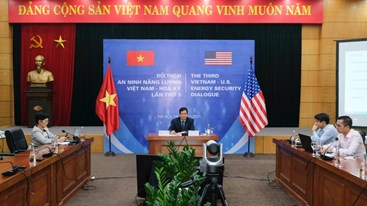
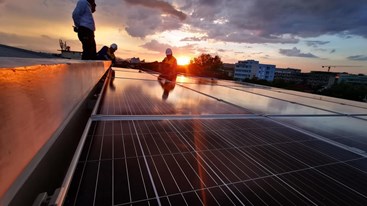
.jpg?w=367&h=206&mode=crop) Energy efficiency and conservation usage is an important aspect of the national energy development strategy
05/03/2024
Energy efficiency and conservation usage is an important aspect of the national energy development strategy
05/03/2024
 Challenges and Opportunities to promote energy efficiency market in Vietnam
Challenges and Opportunities to promote energy efficiency market in Vietnam
 The Ministry of Industry and Trade requests government agencies to coordinate in organizing Earth Hour 2024
The Ministry of Industry and Trade requests government agencies to coordinate in organizing Earth Hour 2024
 Consultation on Energy Efficiency Boiler Catalogue and Wood Drying Guideline
Consultation on Energy Efficiency Boiler Catalogue and Wood Drying Guideline
 Son Ha Co., Ltd, applies energy efficiency and conservation measures
Son Ha Co., Ltd, applies energy efficiency and conservation measures
.png?w=367&h=206&mode=crop) Request for expression of interest - C2.1.13: Capacity Building on energy efficiency policies development
Request for expression of interest - C2.1.13: Capacity Building on energy efficiency policies development
 Phuc Kien Co., Ltd., is effectively implementing energy-saving measures
Phuc Kien Co., Ltd., is effectively implementing energy-saving measures
 Request for expression of interest - C2.1.12: Independent monitoring of safeguards implementation
Request for expression of interest - C2.1.12: Independent monitoring of safeguards implementation